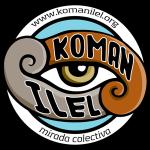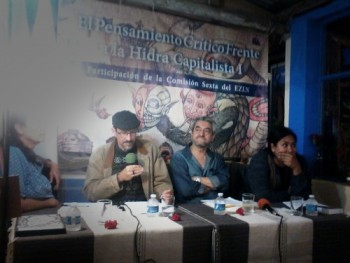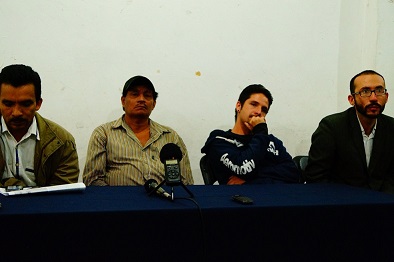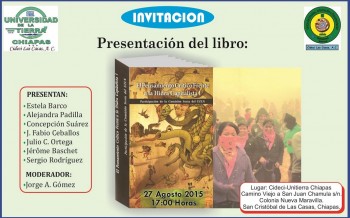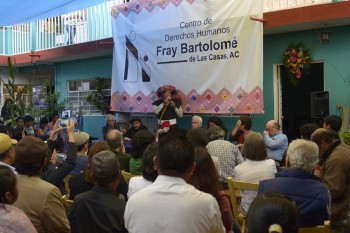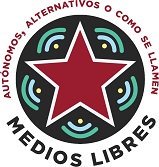
Author
Messin’ With Major
Messing With Major
by Mumia Abu-Jamal
(Descarga aquí)
His name is Major — (his real name)–Major Tillery of West Philadelphia. Although he had a reputation as a gangster, in prison such things matter little. It’s as a jailhouse lawyer that he shook the prison walls in the case known as Tillery v. Owens, a ground-breaking prison conditions case where double-dealing (or the placement of four men in a cell) was declared unconstitutional. The prison medical department was declared unconstitutional and living conditions in part of the prison were declared a violation of the constitution.
Shortly after his glorious win, Major Tillery was sent to a prison in another state. Retaliation? Sure looks like it.
Several months ago, Major saw me in the library, and expressed shock at my appearance, my carriage, and my level of wakefulness. He argued with me, insisting I go to the prison infirmary.
The Walls Speak – Mural in memory of Nadia Vera
On August 23, Cacto Producciones together with members of the community got together to paint a mural in memory of Nadia Vera and the events of the Narvarte neighborhood in Mexico City.

